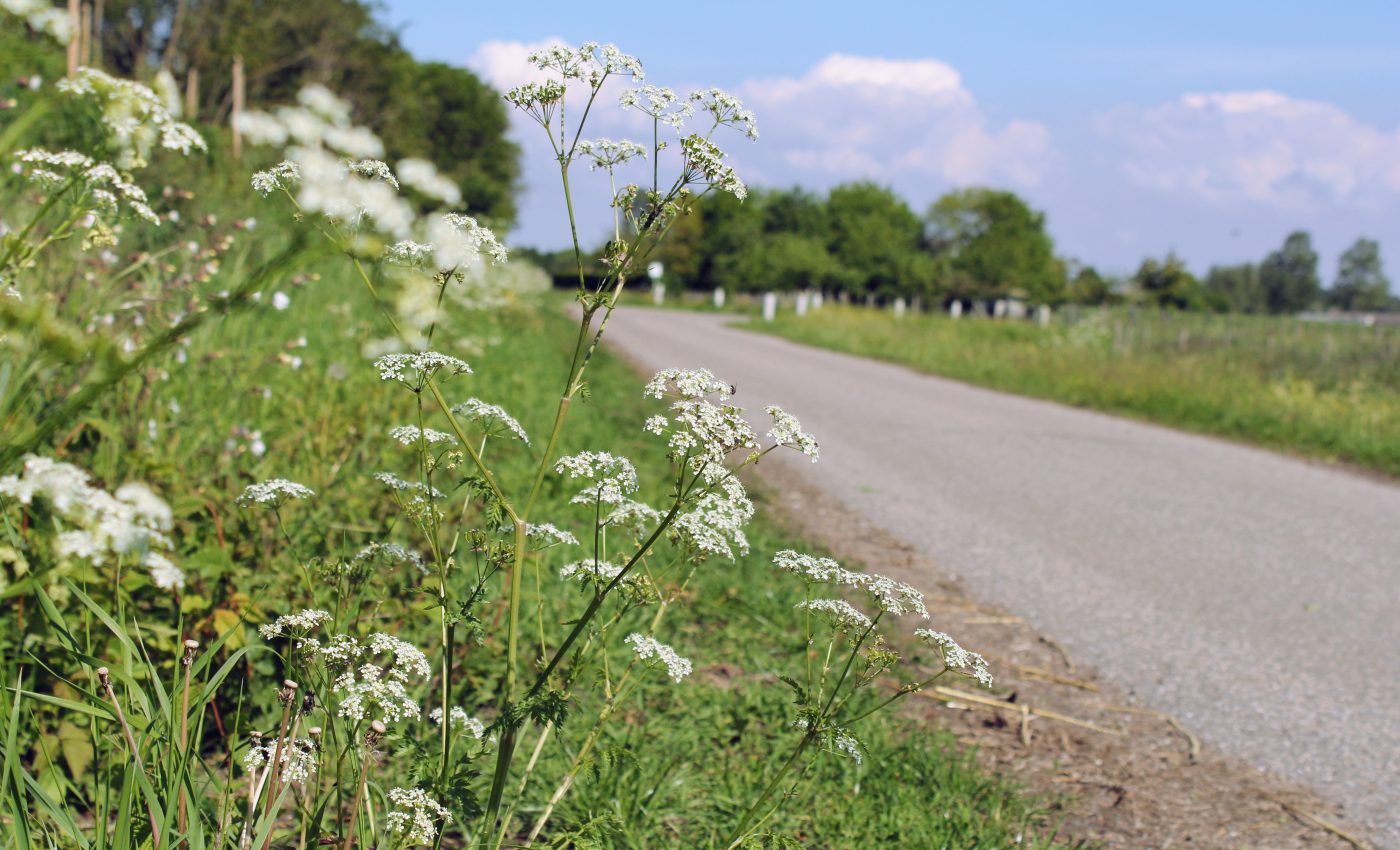
Road verges could be used to support wildlife
Road verges present an opportunity to support bees, trees, and wildflowers, according to a new study from the University of Exeter. In Great Britain, for example, road verges make up a land area the size of Dorset that could be managed to provide habitats for wildlife.
The researchers used Google Earth and Google Street View to estimate that road verges in Great Britain account for almost 1,000 square miles of land. About 27 percent of the verges are frequently mowed, 41 percent are left as wild grassland, and 19 percent is woodland. The experts report that there are “significant opportunities” to improve verges by reducing mowing and planting trees.
“Our key message is that there’s a lot of road verge in Great Britain and we could manage it much better for nature,” said study lead author Ben Phillips.
“About a quarter of our road verges are mown very regularly to make them look like garden lawns – this is bad for wildlife.”
Previous research has shown that mowing just once or twice per year produces more flowers for pollinators, allows plants to set seed, and creates better habitats for other animals.
“Some parts of verges need to be mown regularly for safety, but many verges could be mown much less, and this could save money due to reduced maintenance costs,” said Phillips.
“We found that only a quarter of frequently mown verges had trees, so there’s potential to add trees and shrubs, which will also help to capture carbon.”
“But tree planting must be done carefully to avoid damaging flower-rich grass verges, and to prevent any impacts on visibility for drivers, or damage to infrastructure from roots and branches.”
Overall, the researchers note that planting trees in road verges could provide a wide range of benefits for people, nature, the environment, and could also contribute toward the UK government’s tree-planting ambitions.
The study is published in the journal Landscape and Urban Planning.
–—
By Chrissy Sexton, Earth.com Staff Writer













